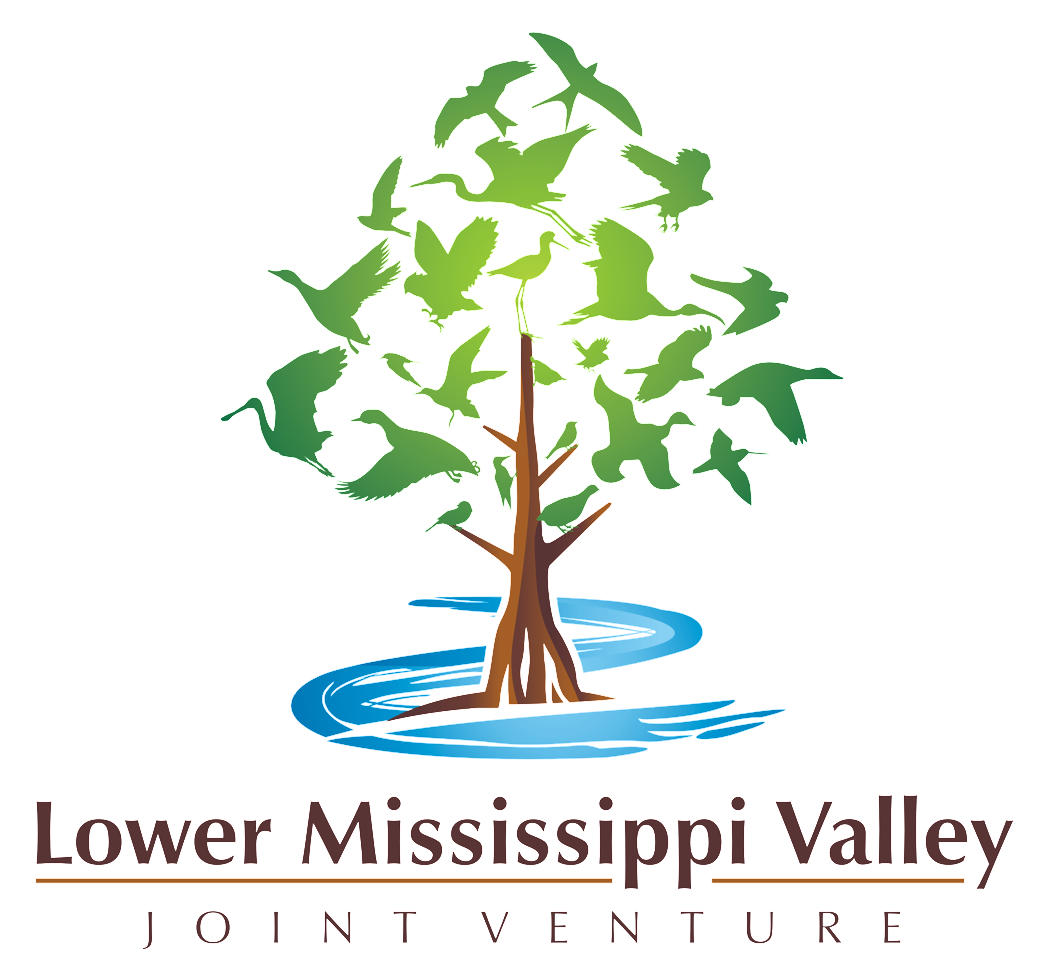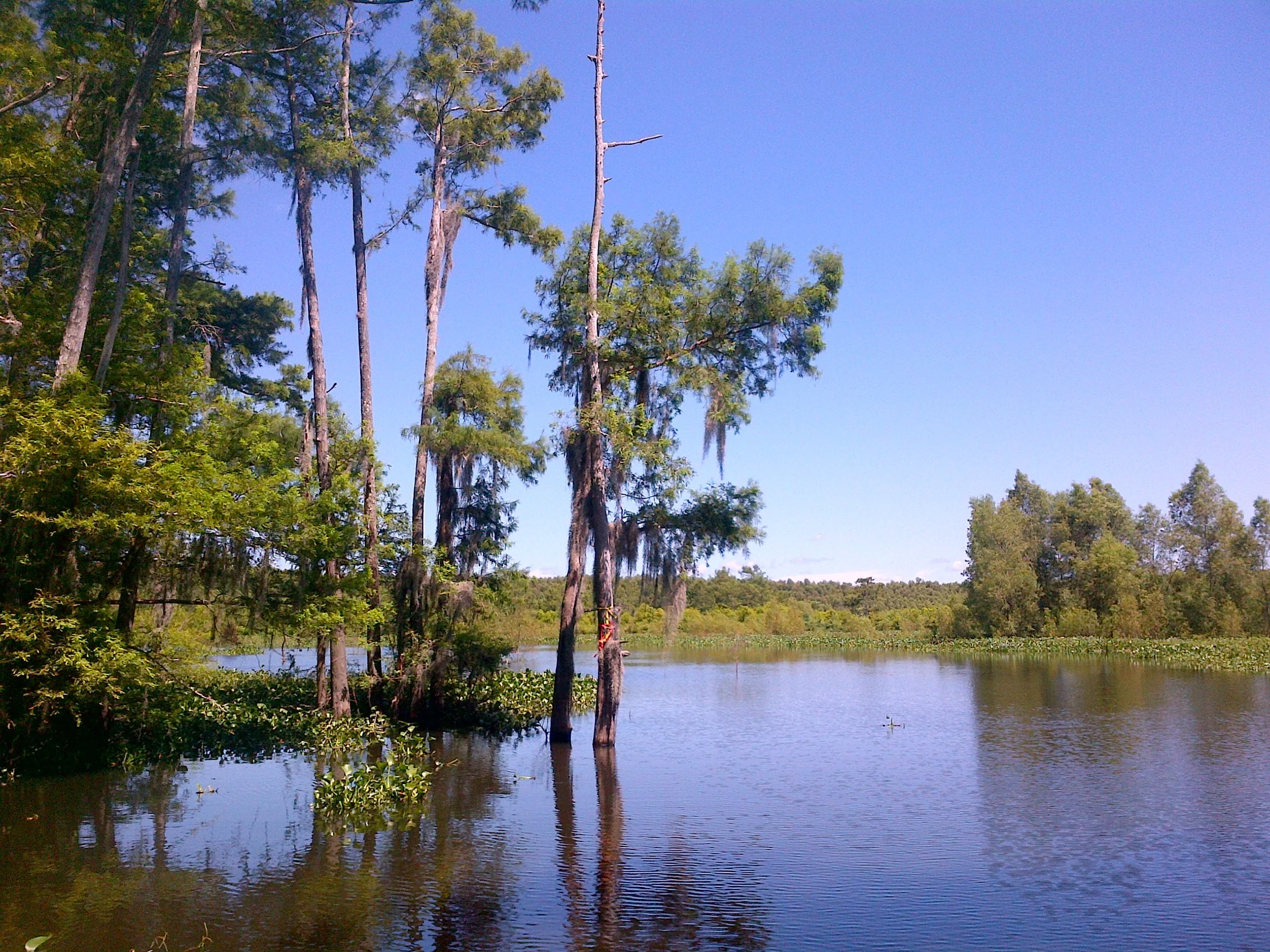Science Team
The Science Coordination, Integration & Evaluation Team (Science Team) provides scientific and technical support to the LMVJV partnership to refine the biological foundation underlying bird conservation plans and assist LMVJV partners in progressively building on that foundation to achieve scientific objectives. In doing so, the Science Team addresses regional conservation challenges, promotes collaboration in conservation efforts, and establishes priorities to support the LMVJV mission.
Addressing Regional Conservation Challenges
The challenges of conservation planning require application of scientific knowledge, grounded in a solid commitment to LMVJV priorities and development of a shared vision. Because of the diversity of avian taxa in the region, the LMVJV needs scientific and technical expertise that spans multiple avian guilds (landbird, shorebird, waterbird, and waterfowl) and habitats (bottomland hardwood, wetland, etc.). The diverse Science Team provides direct expertise that strengthens the core biological foundation of LMVJV bird conservation plans and aids in conservation delivery (i.e. accomplishments on the ground).
Refining and Promoting Conservation through Collaboration
The Science Team functions as a forum for information transfer, integration, and interpretation among the research, monitoring, planning, and management communities. Ad hoc technical working groups (e.g., Waterfowl Working Group, WGCPO Landbird Working Group, or Forest Resources Conservation Working Group) address issue-specific or species-specific conservation needs. The collective Science Team provides feedback and facilitates communication between individual partners and Joint Venture technical Working Groups. All members work toward progressive refinement of key elements underlying migratory bird conservation plans in the LMVJV.
Establishing Priorities to Support the LMVJV Mission
LMVJV Science Priorities have been described in the science priorities document (see link). Landscape-level biological planning and innovative conservation design are long-standing hallmarks of bird conservation in the LMVJV. The partnership routinely evaluates the biological foundation of conservation efforts to ensure they are effective and relevant. Habitat and population objectives are refined based on current scientific research and monitored responses to prescribed conservation actions. Biological objectives are then translated into productive projects and programs that address limiting factors (e.g., food supply, habitat availability) to bird populations. Priorities are set based on importance to promoting the LMVJV’s commitment to avian conservation through science, innovation, and collaboration.
Members of the Science Team
Membership includes diverse organizational affiliation (6-10 individuals in addition to the Science Coordinator). The group represents individuals with multi-species expertise in population/habitat relationships and the application of scientific methods who are also motivated to advance the scientific basis of bird conservation. Areas of expertise include: shorebirds, marshbirds, waterfowl, landbirds, forest resources, northern bobwhite, colonial waterbirds, and conservation implementation.
Members are selected by the LMVJV Coordinator in consultation with the LMVJV Management Board. The Science Team reports formally at the LMVJV Management Board meetings and to the LMVJV Coordinator to discuss accomplished tasks, current/anticipated issues, significant findings, NAWCA proposal evaluations, and recommendations for future work.
CURRENT MEMBERS
Sammy King
USGS Louisiana Cooperative Fish & Wildlife Research Unit
Anne Mini
LMVJV
Mike Mitchell
Ducks Unlimited/LMVJV
Douglas Osborne
University of Arkansas, Monticello
Randy Wilson
U.S. Fish & Wildlife Service
Moorhens, as photographed by research drone. Zack Loken, LSU
Atchafalaya Basin, LA



